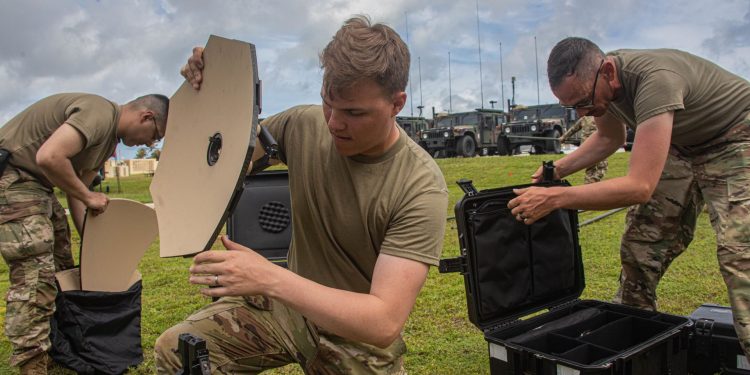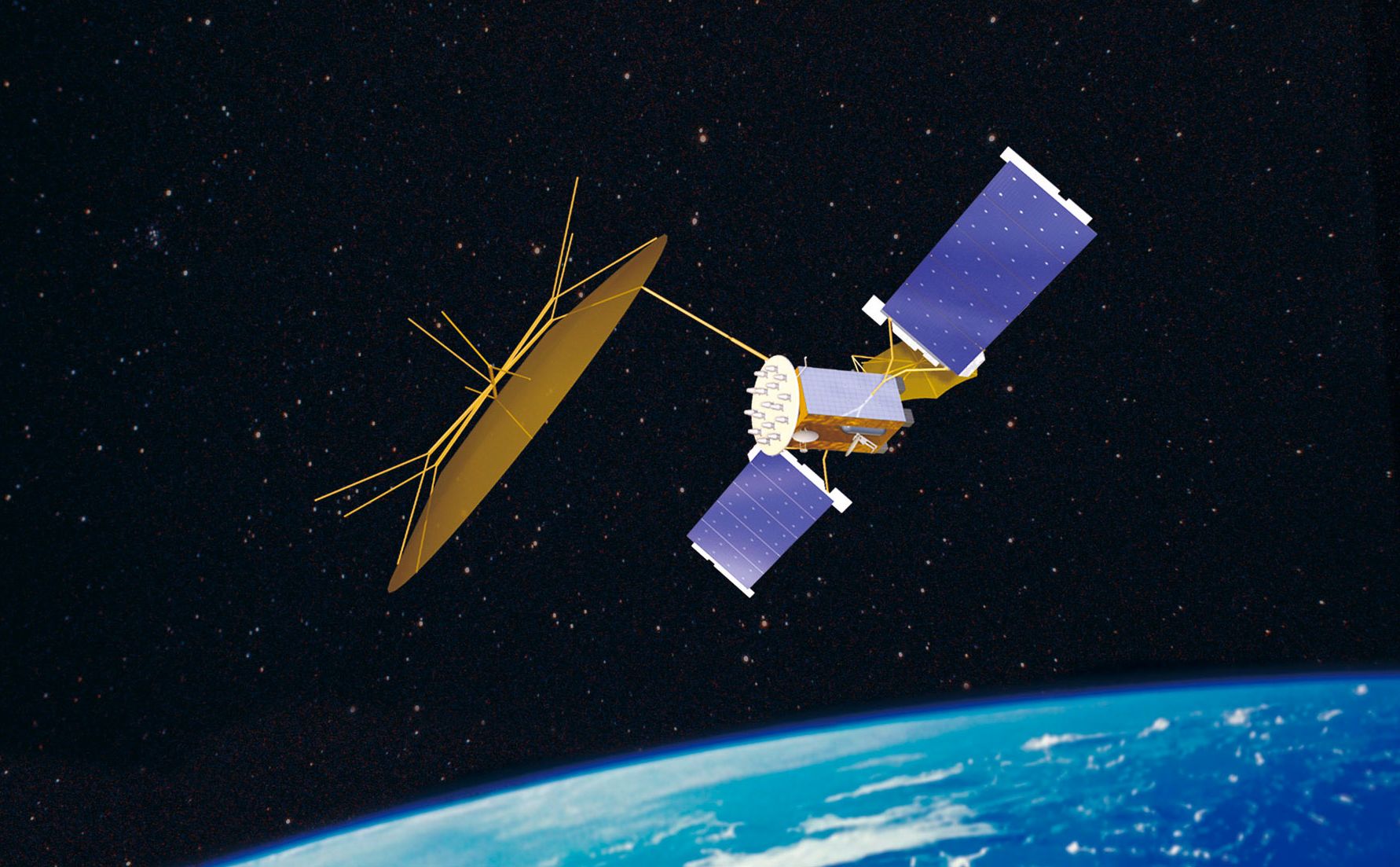This spring, the Defense Department spelled out a strategy for cloud computing outside the continental United States, or OCONUS, including ways to better support service members at the tactical edge.
During a virtual discussion today with GovernmentCIO, Danielle Metz, the deputy chief information officer for information enterprise outlined the three goals that define the strategy.
The first of those goals is to provide robust and resilient connectivity all the way to the tactical edge, Metz said. Right now, network connectivity where warfighters operate can be spotty — and that’s a problem when it comes to connecting to the cloud and getting warfighters the information they need to carry out their missions.
“[It] really impacts the ability for [the] cloud to work,” she said. “You have to have a network that is resilient and capable to be able [to] operate in a distributed environment.”
In the OCONUS Cloud Strategy, the department lays out several objectives to achieve robust and resilient connectivity, including modernization of in-theater communications infrastructure, leveraging of state-of-the-art technology that can operate in denied, degraded, intermittent or limited environments, and enabling access to critical information from a variety of devices — not just laptops or desktop machines.
A second goal is to provide computing power that enables forces at the tactical edge — which means putting processing power overseas, as close to the warfighter as possible.
“Right now the way that we have things structured is that we’re doing a lot of backhauling from those OCONUS locations back to the United States,” she said.
The kind of information the warfighter needs to make decisions puts a lot of strain on the network, Metz said. And the long-haul for that data — from the warfighter back to the U.S. and then back to the warfighter again — can introduce a lot of latency in that data that can adversely affect decision-making.
“It is creating significant delays and increasing the [likelihood] of putting our people and our allies in harm’s way,” she said.
Either mobile or regional data centers located overseas can help with that, Metz said. The DOD’s strategy recommends enterprise management of OCONUS cloud computing capability in order to let critical data be processed as close to the warfighter as possible.
Finally, Metz said, it’s critical that warfighters be proficient with what the department builds. They must be educated on how to use the systems they are provided — and DOD must ensure they are trained.
“We need to cultivate the talent and ensure that we have a continual cultivation as we rotate service members from those locations serving at the edge,” she said. “We recognize if we’re able to fix problem 1 and problem 2, but we don’t address problem 3, everything is for naught. It really has to be a symbiotic relationship in terms of ensuring that we have the right infrastructure in place, that we have the computing edge pushed to where the warfighter is, and then the third piece is ensuring that once we have all those things, the warfighter and the people who are actually at the edge know how to use it, and they can use it well and it’s seamless for them.”
All three goals can be achieved, Metz said, but some will take much longer than others — and accomplishing all three will require more than just the efforts of the Defense Department.
“It’s a whole-of-government approach in terms of working with members of Congress, with other federal partners, internal to DOD, also with our cloud service providers and developing a cohesive strategy that works for the department to be able to deliver these much needed services, to where they are needed,” she said.











